In Slovenia’s vast emerald forests lie hidden, enchanted villages seemingly plucked straight from fairy tale pages. Scattered across the country’s diverse landscapes, these hidden gems allow visitors to return in time and experience the magic of traditional Alpine and Mediterranean architecture seamlessly blended with pristine natural surroundings.
Every village tells a unique story about Slovenian heritage and culture, from wooden cottages draped in the morning mist to stone houses perched atop forested hillsides.
Podlipa (Upper Carniola Region)
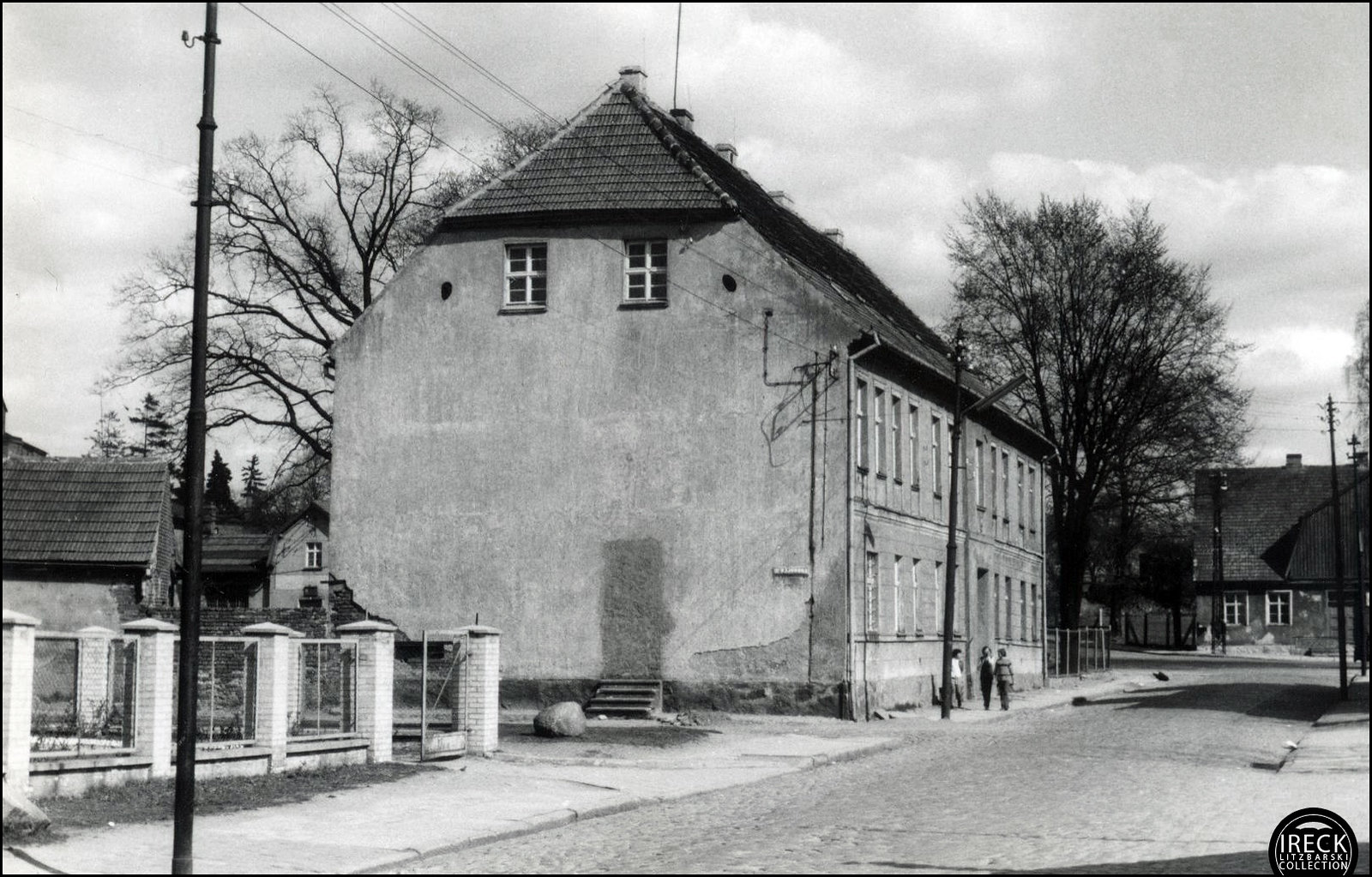
Ireck Andreas LitzbarskiIreck
The little village is a showplace of Alpine architecture with typical wooden balconies and geraniums nestled into the foothills of the Polhov Gradec Mountains. Ancient linden trees border the village square, where locals still host seasonal festivals and traditional celebrations.
There are marked trails through the surrounding beech forests leading to hidden waterfalls and pristine mountain springs. During fall, there is the chestnut festival, which brings the whole village alive.
Visitors throng from miles around to witness this festival. The St. Ursula church is a relic from the 16th century and stands as the epitome of the village’s rich history.
Osilnica (Kočevje Region)
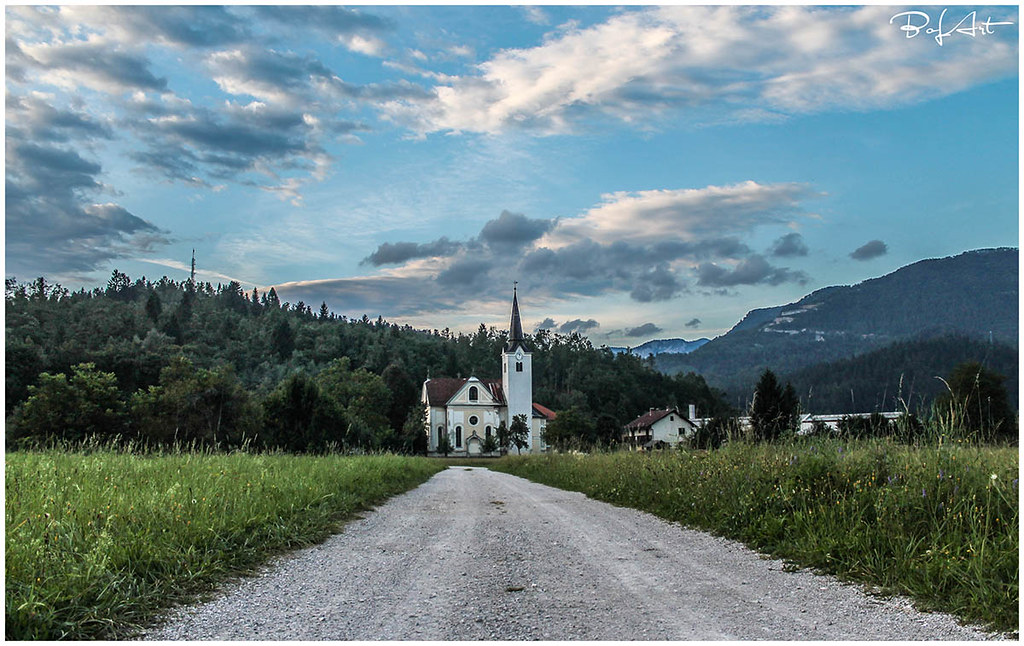
Located in the heart of one of Slovenia’s most densely forested regions, Osilnica is surrounded by ancient fir and spruce trees climbing steep valley walls. The wooden houses of the village feature richly carved details, testifying to centuries-old craftsmanship passed from generation to generation.
Local legends speak of bears and wolves still roaming the surrounding wilderness and the mystical atmosphere of this remote settlement. The crystal-clear Kolpa River passes through the village, an excellent fisherman’s spot, and swimming water in summer.
The village’s isolation has also saved the original customs and traditions of the region, as well as dialects and local crafts.
Like Travel Pug’s content? Follow us on MSN.
Šmartno (Goriška Brda)
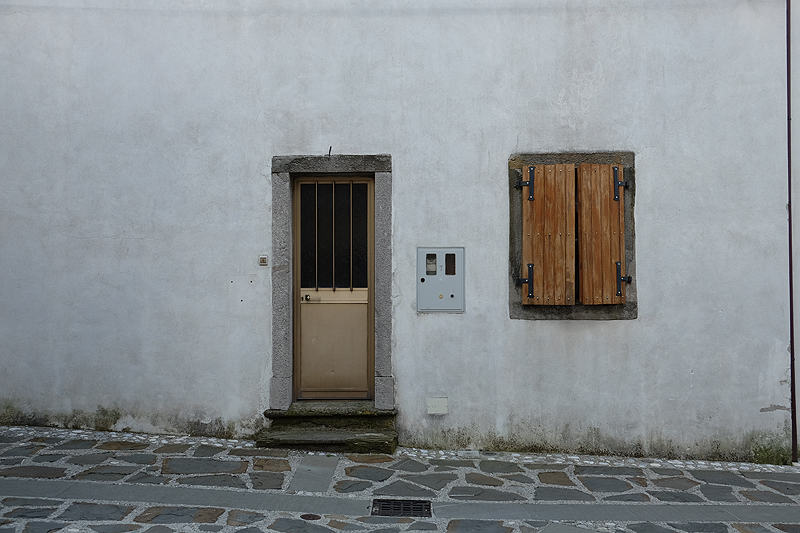
This medieval hilltop village is a fortress among western Slovenia terraced vineyards and chestnut groves. Five preserved defensive towers punctuate the village walls, offering panoramic views of the surrounding forests and distant Alps.
The narrow cobblestone streets wind between traditional stone houses, their windows often decorated with colorful flower boxes. Local winemakers continue centuries-old traditions in their historic cellars carved into the hillside.
The autumn colors transform the surrounding forests into a spectacular display of gold and crimson.
Velika Planina (Kamnik Alps)
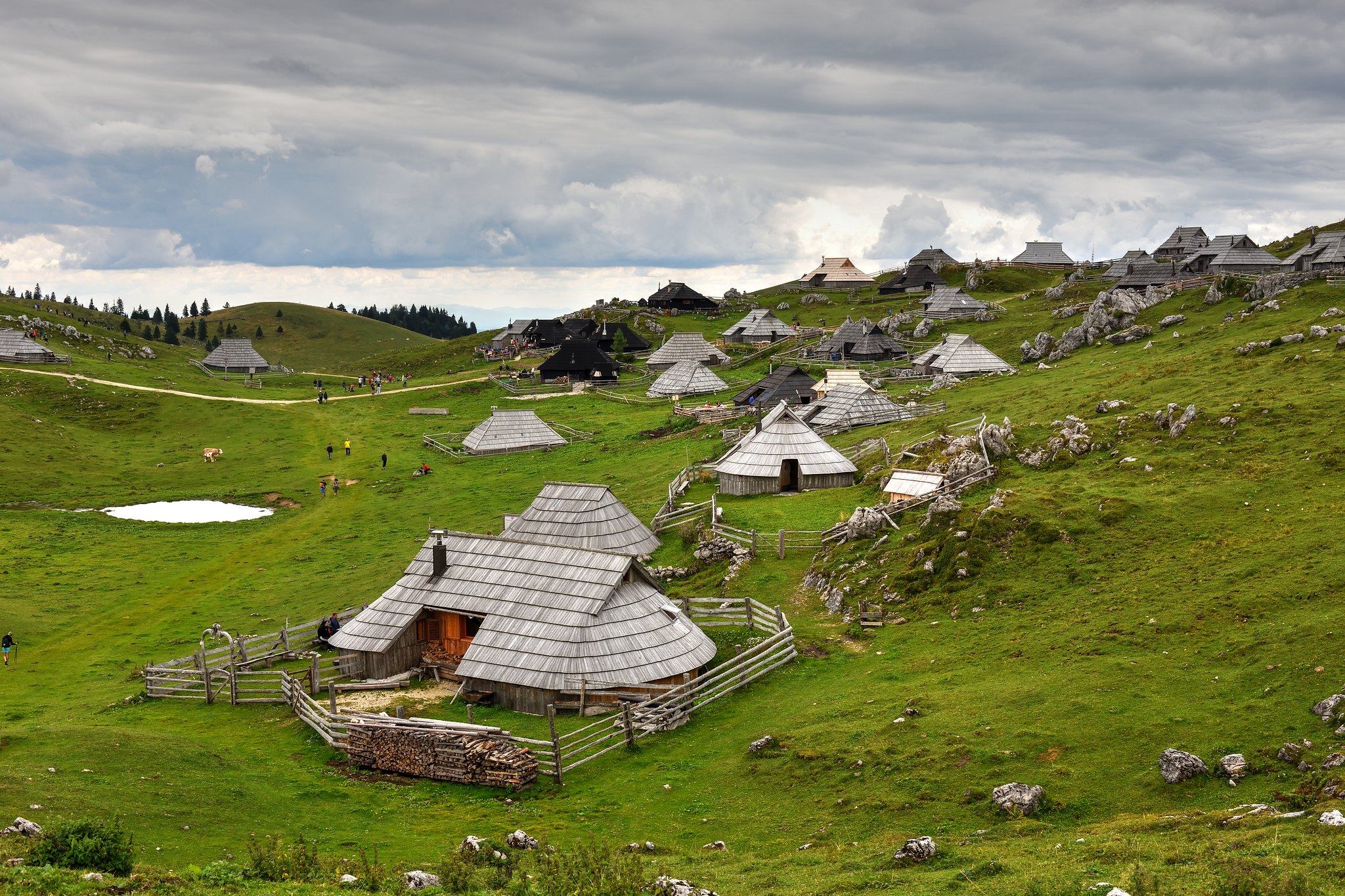
This high-altitude village is one of Europe’s few remaining active herders’s settlements. Traditional wooden cottages dot the landscape, and the unique architecture features steep roofs designed to shed heavy winter snow and protect against harsh mountain winds.
During summer, local shepherds still practice traditional cheese-making in their mountain huts. The surrounding spruce forests echo with the sound of cowbells and traditional alpine horns.
Above the tree line, the village offers stunning views of the Kamnik-Savinja Alps.
Rajndol (Kočevski Rog)
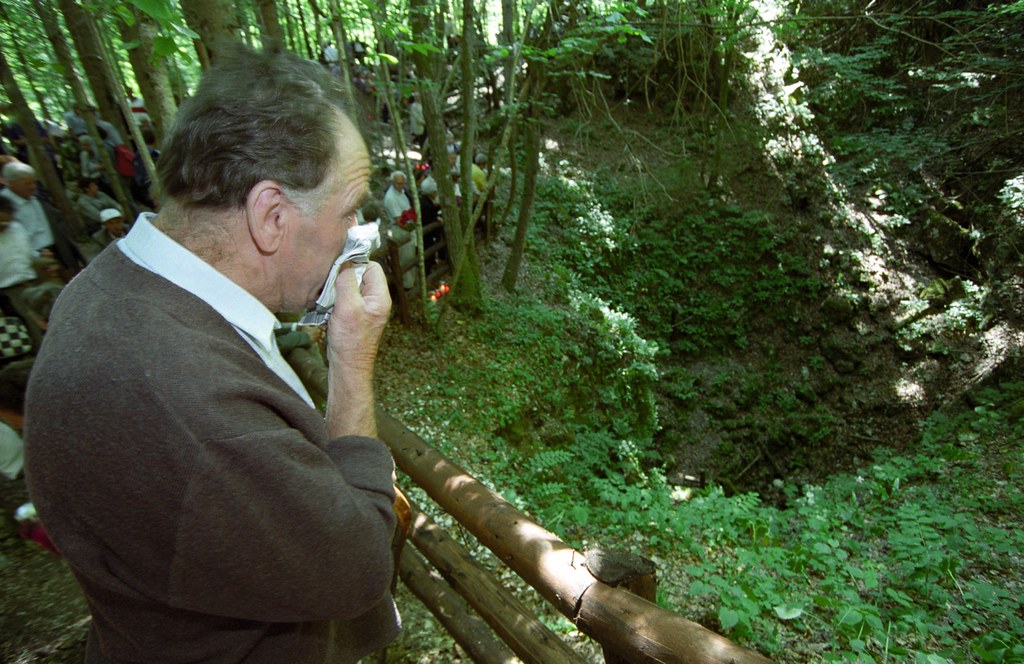
Hidden deep within Ko evski Rog forest lies this village as a preserve for the Gottschee German heritage. Lime trees of ages characterize the village’s center since a forestry house was renovated as a museum displaying local history and tradition.
A few of Slovenia’s oldest firs are found among virgin forests, about 500 years old. The area is replete with wildlife, and it is here that the European lynx makes its rare appearance, dwelling in dense woodland.
Isolation has ensured that the village’s character remains as authentic as the traditional way of life.
Like Travel Pug’s content? Follow us on MSN.
Drežnica (Soča Valley)
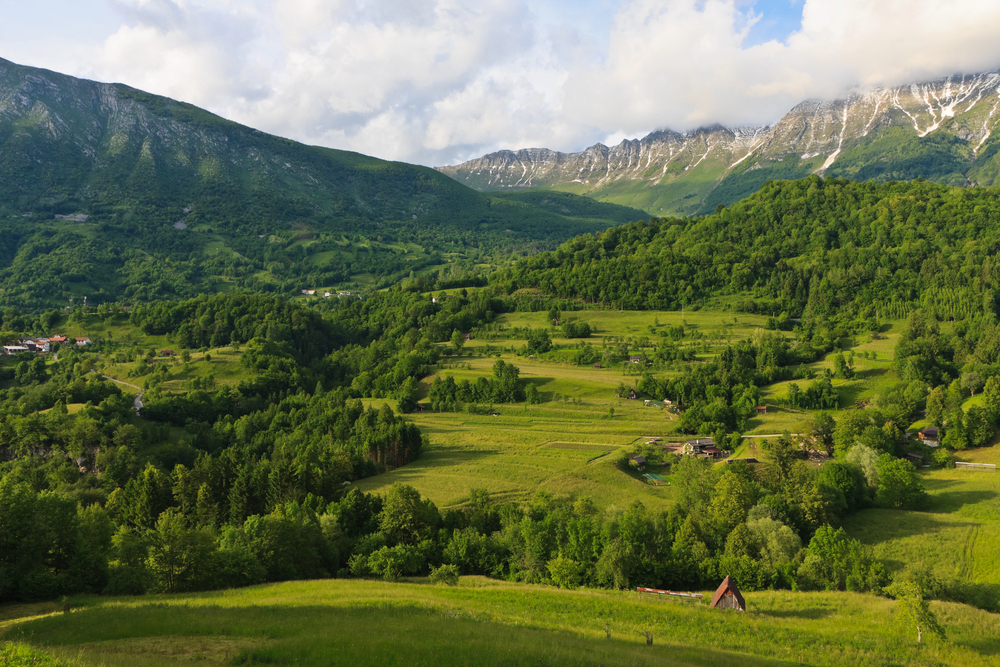
Perched on a sunny plateau above the emerald Soča River, Drežnica is surrounded by the majestic peaks of the Julian Alps. The village’s white church, with its distinctive onion dome, stands out against dense mountain forests.
Residents maintain traditional hay-drying racks called ‘kozolci’ that dot the surrounding meadows. The village is a starting point for hiking trails that lead through pristine spruce and beech forests.
Ancient legends speak of mountain fairies who still dance in the forest clearings on midsummer nights.
Završnica (Upper Sava Valley)
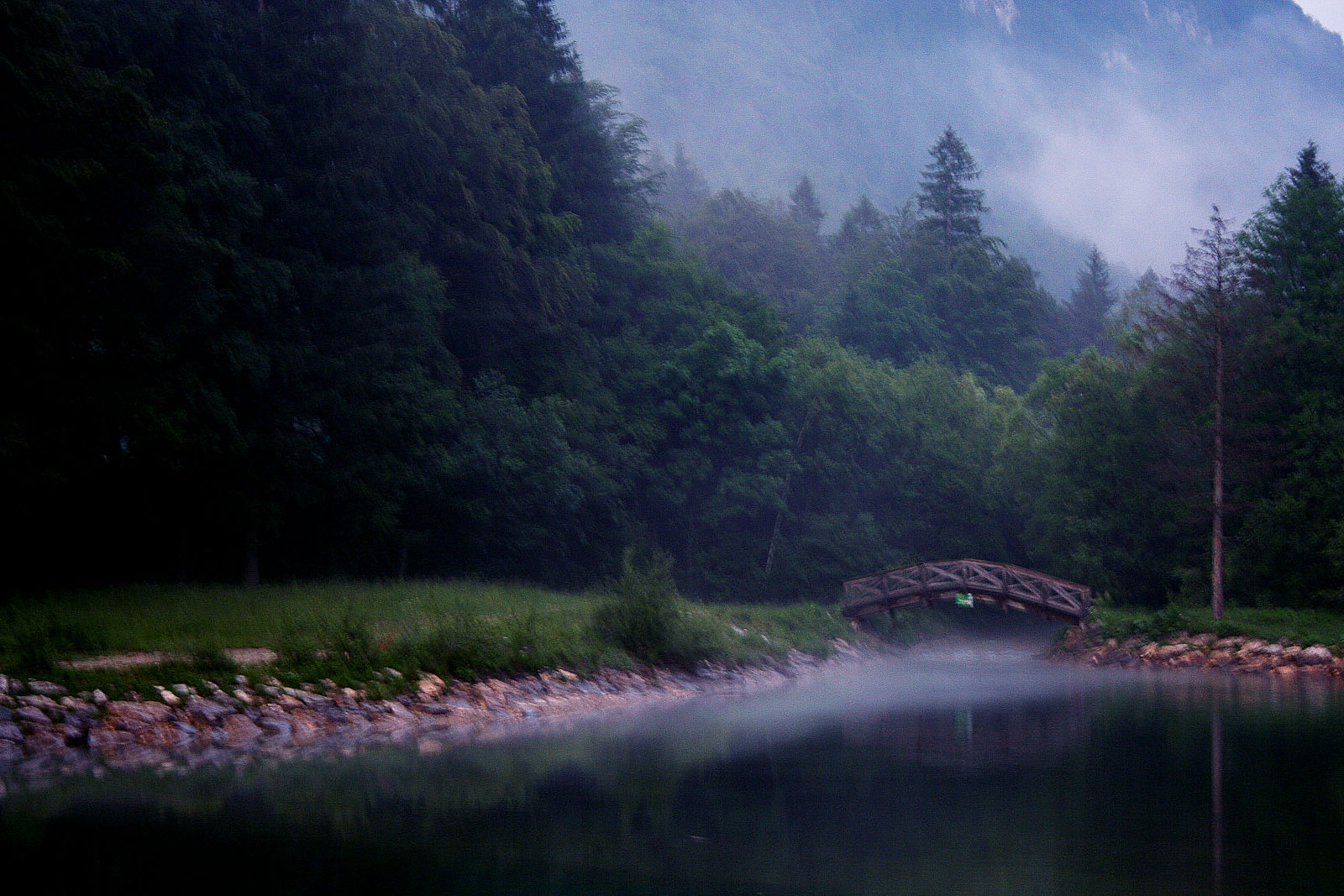
This quiet village is situated at the foot of the Karavanke Mountains, where dense forests meet alpine meadows. The traditional farmhouses are characterized by wooden galleries and steep roofs typical of Upper Carniolan architecture.
The Završnica reservoir, not far from here, reflects the surrounding forest-covered peaks like a mirror. Local beekeepers have kept bees in painted wooden hives for centuries.
The village becomes alive during the annual woodcutters’ festival, celebrating the region’s strong forestry heritage.
Olimje (Kozjansko Region)
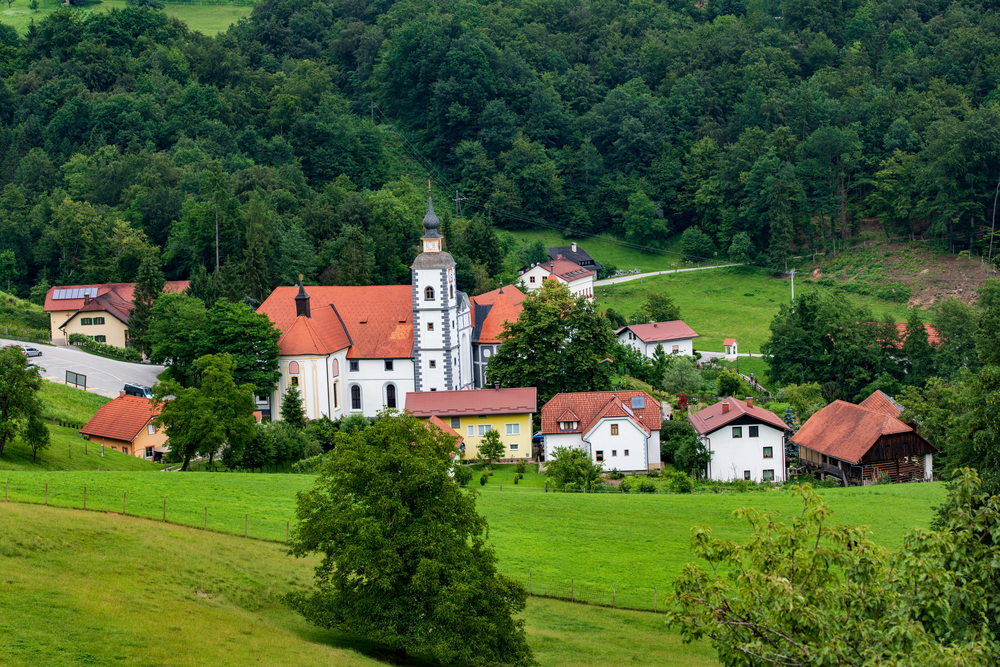
Famous for its medieval monastery turned pharmacy, Olimje sits amid rolling hills covered in mixed oak and beech forests. The village pharmacy garden grows traditional medicinal herbs used by monks for centuries.
Local chocolate makers create unique pralines flavored with forest herbs and berries. The surrounding woods harbor numerous marked trails leading to hidden chapels and springs.
The village’s traditional architecture blends harmoniously with the natural forest setting.
Like Travel Pug’s content? Follow us on MSN.
Jamnik (Gorenjska Region)
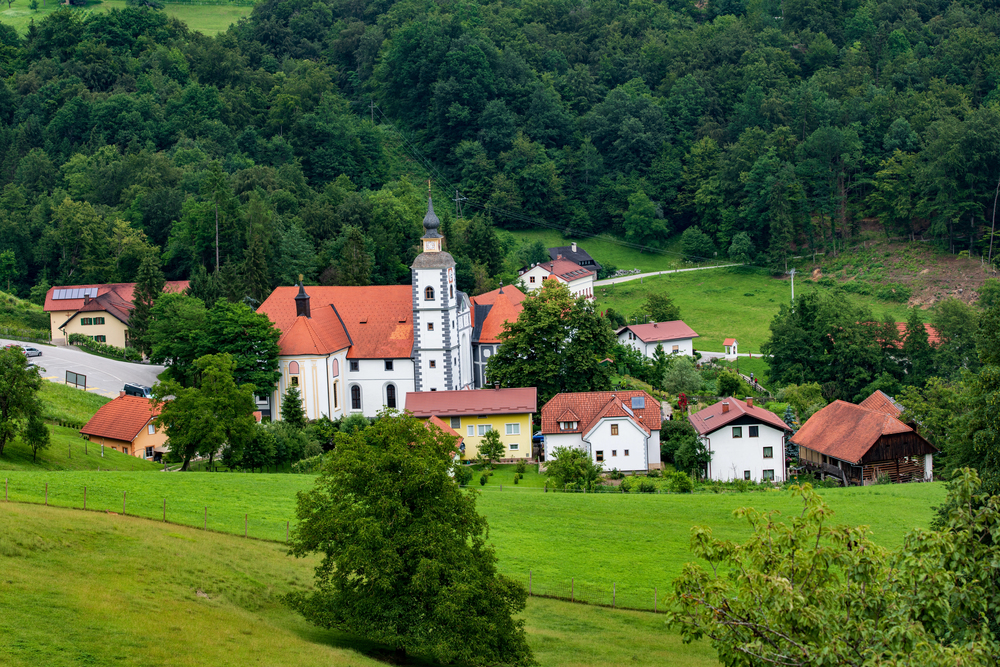
Jamnik, atop a wooded ridge, offers panoramic views of the Ljubljana Basin and the Kamnik Alps. The St. Primus church watches over a grassy promontory from pine forests. Mist in the morning often veils the village, painting an ethereal landscape photographers wish to capture.
Along the forest edge, hayracks stand as wooden sentinels, preserving age-old farming practices. This makes it an ideal place to watch the storms roll in across the valley.
Zelenštein (Pohorje Mountains)
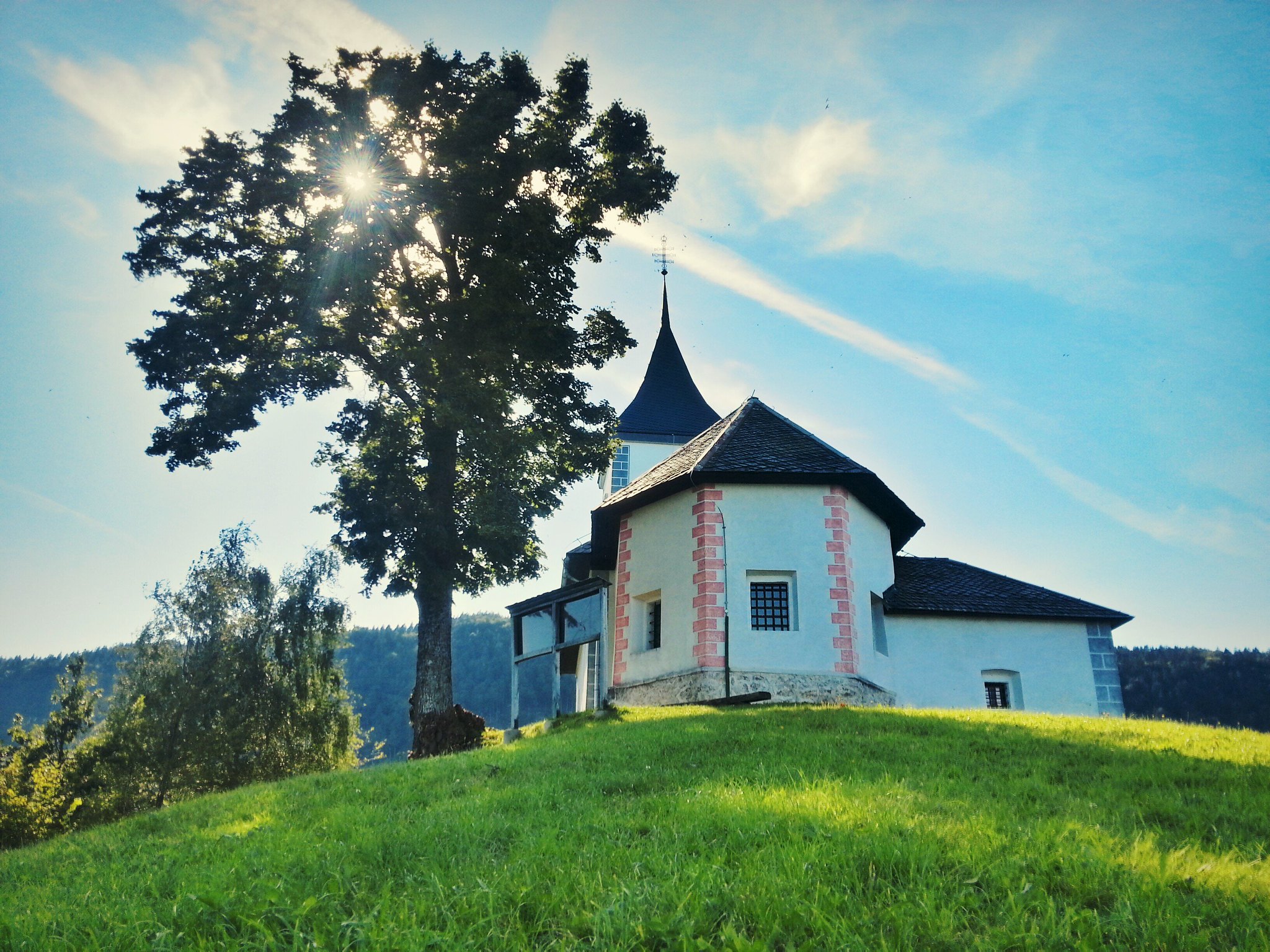
This tiny settlement in the Pohorje Mountains preserves the region’s rich logging heritage. Ancient water-powered sawmills still stand along the crystal-clear mountain streams that cut through the village.
The surrounding primeval forest contains rare species of moss and lichens found nowhere else in Slovenia. Local artisans continue to create traditional wooden products using centuries-old techniques.
The village hosts an annual festival celebrating the forest’s bounty, from mushrooms to wild berries.
Topla (Carinthia Region)
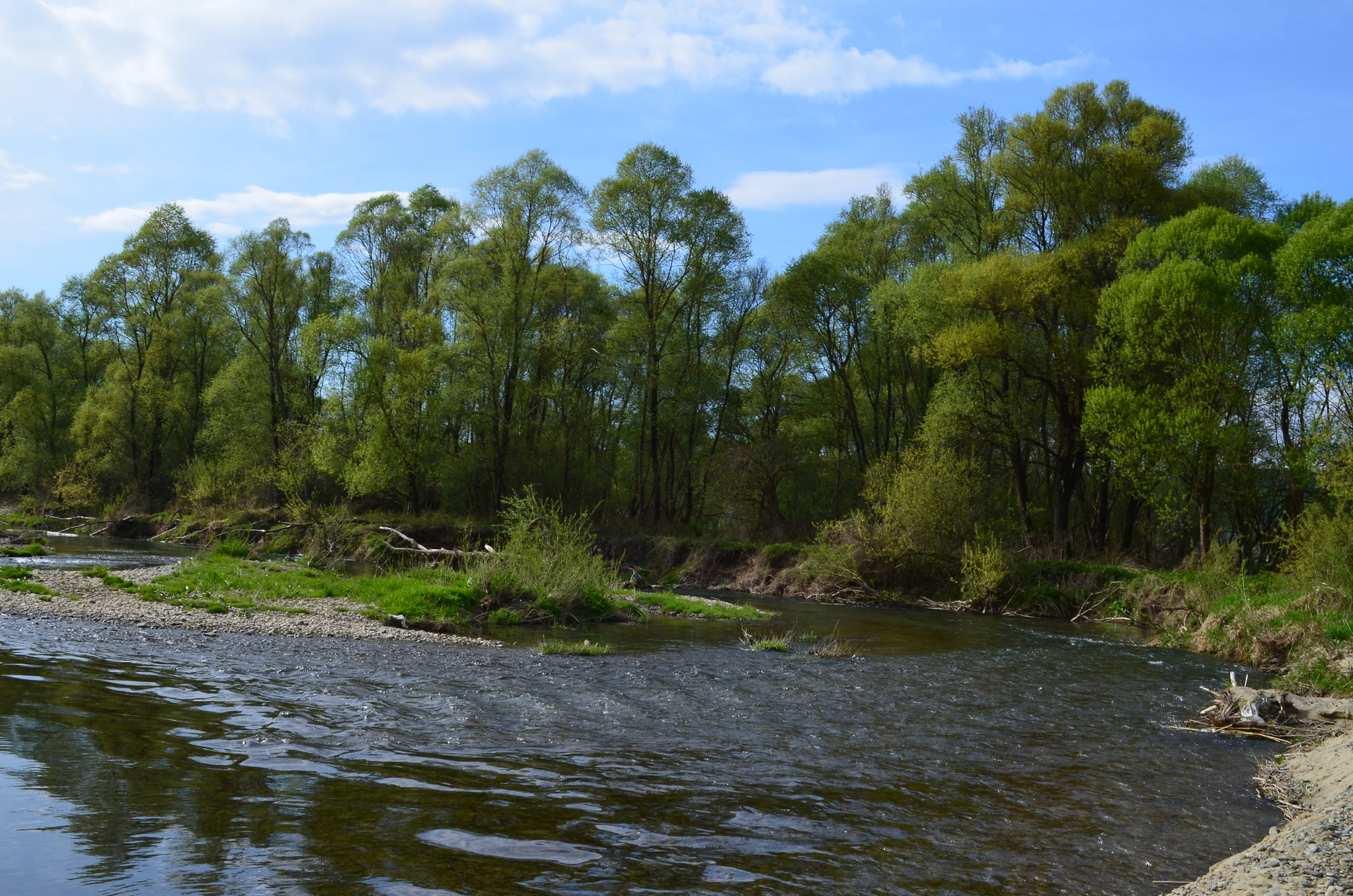
Located in a secluded valley, Topla exemplifies the traditional architecture of the Carinthian region. The village’s isolated position has helped preserve ancient customs and dialects unique to this corner of Slovenia.
Dense silver fir forests shelter numerous wildlife species, including the endangered capercaillie. Local farmers still practice traditional high-altitude agriculture on the steep, forested slopes.
The village name, meaning ‘warm,’ comes from its sheltered position among the protective forest.
Like Travel Pug’s content? Follow us on MSN.
Čadrg (Tolmin Region)
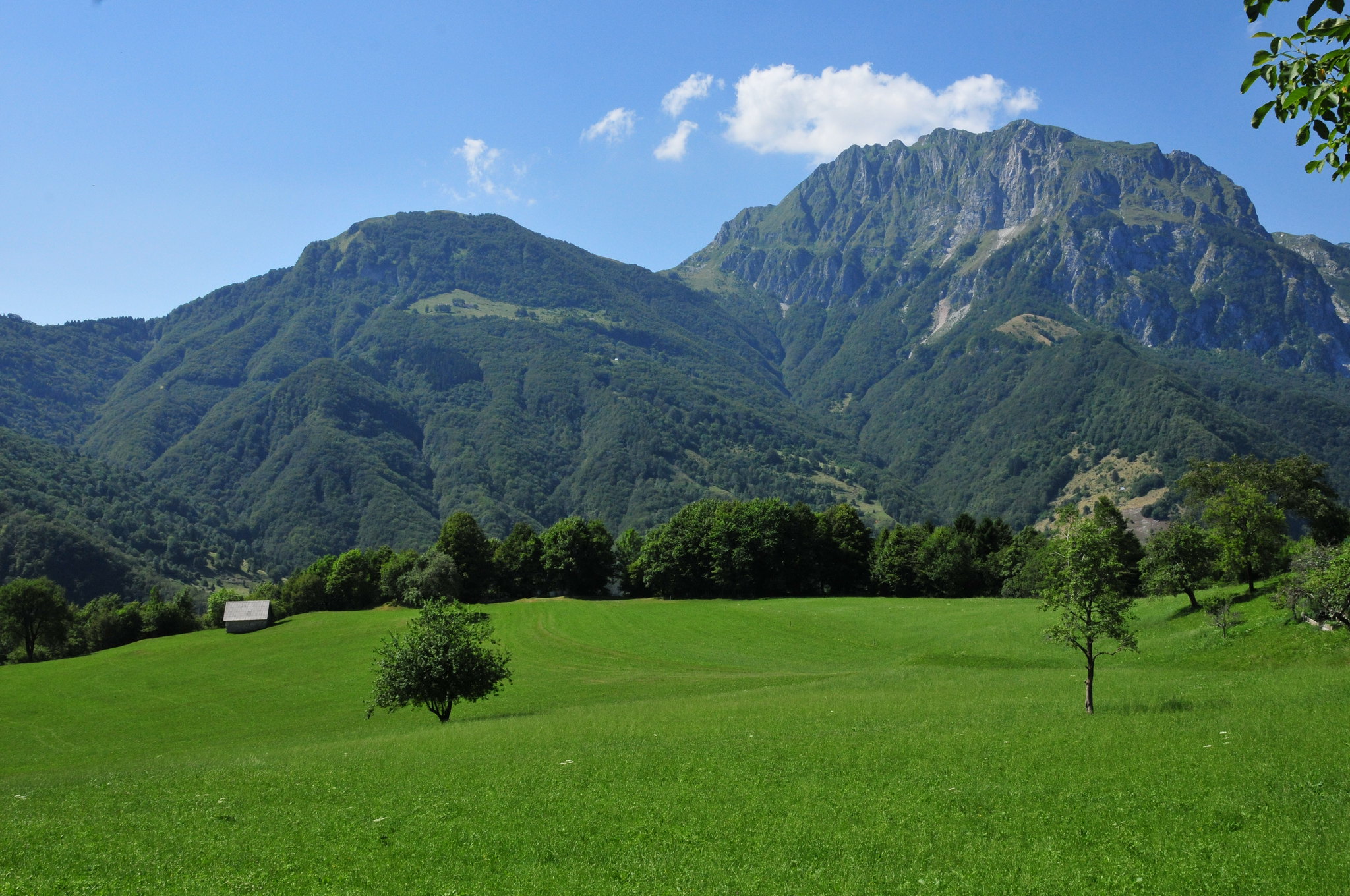
This remote village in Triglav National Park maintains strong ties to its pastoral heritage. Traditional cheese-making methods have been preserved here, and local dairy products have won international awards.
The surrounding mixed forests provide abundant mushrooms and wild herbs for local cuisine. Ancient lime trees in the village center serve as gathering places for community events.
The village’s architecture reflects the harsh mountain climate, with sturdy stone houses built to withstand winter storms.
Robidišče (Breginjski Kot)
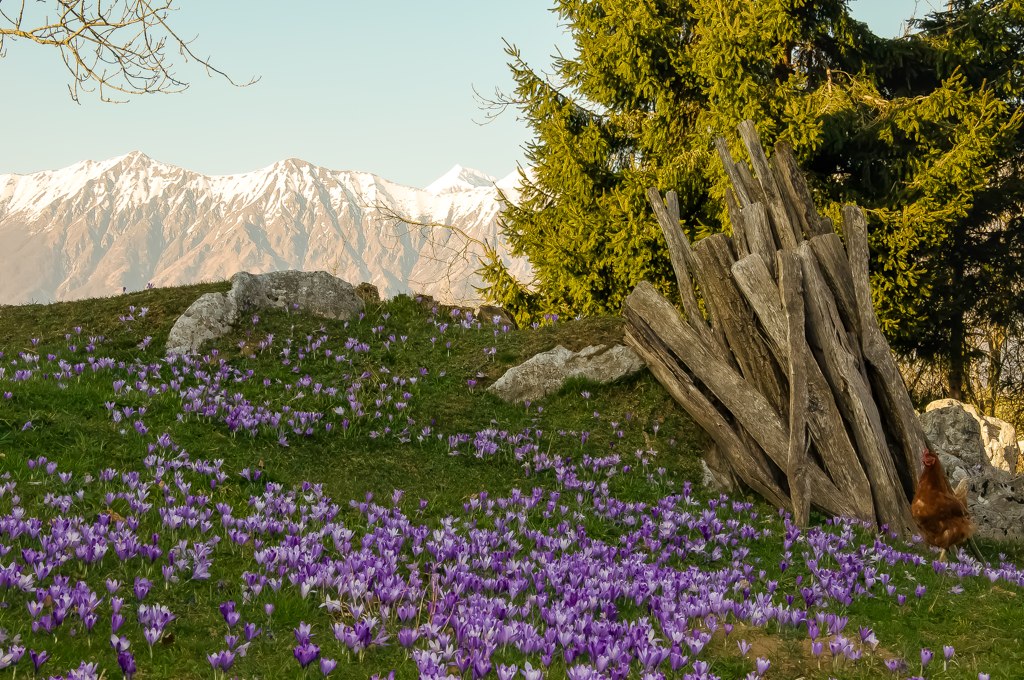
As Slovenia’s westernmost village, Robidišče is located where Mediterranean and Alpine influences meet. The surrounding chestnut forests provide abundant fall harvests, which are celebrated in local festivals.
Traditional stone houses feature distinctive wooden balconies and carved door frames. Local artisans still practice traditional woodworking crafts passed down through generations.
On clear days, the village offers stunning views of the Julian Alps and the Adriatic Sea.
Koprivnik (Bohinj Region)
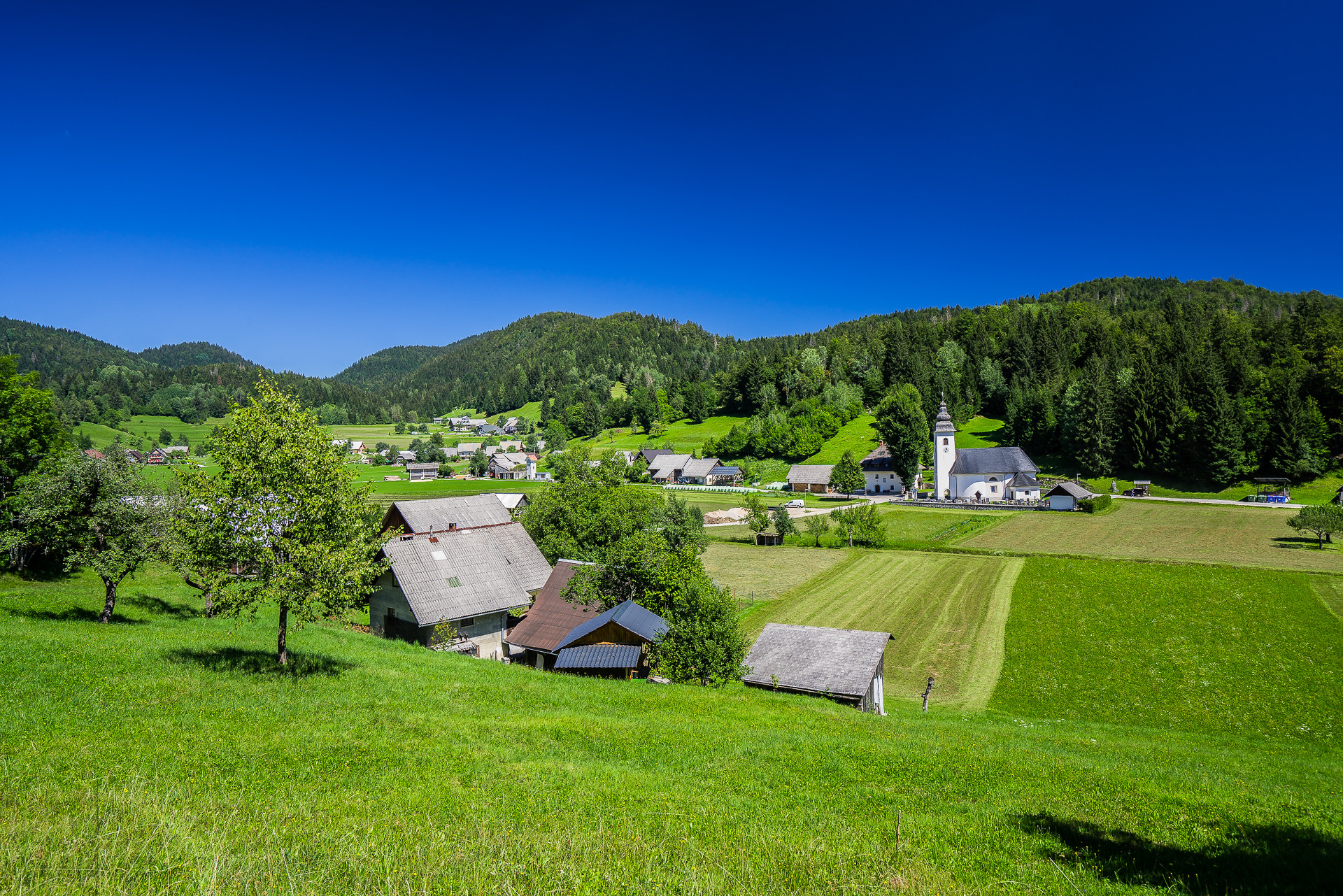
Set high above Lake Bohinj, Koprivnik represents classic Alpine village architecture at its finest. The village church bell tower rises above the canopy of surrounding spruce forests like a fairy tale spire.
Traditional wooden houses feature decorative paintings depicting local folklore and saints. The village is a gateway to Slovenia’s most pristine high-altitude forests.
Ancient trading routes still visible in the landscape tell stories of centuries of mountain commerce.
Like Travel Pug’s content? Follow us on MSN.
Gradišče (Škofja Loka Hills)
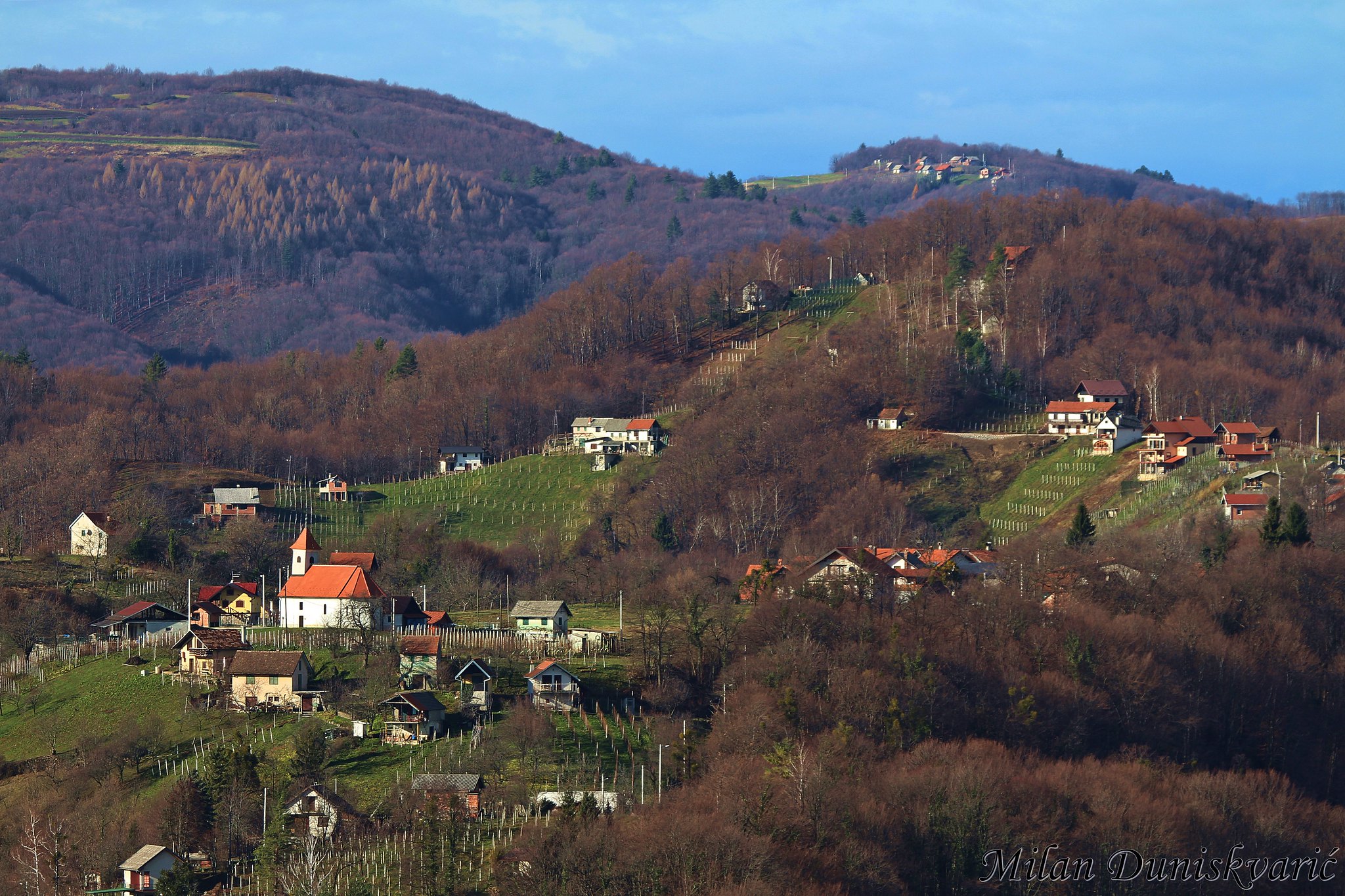
This medieval hilltop settlement overlooks the confluence of two forest-lined valleys. The village’s defensive past is evident in its compact layout and strategic position among the trees.
Local orchards blend seamlessly with the surrounding mixed deciduous forest. Traditional limestone architecture reflects the region’s rich building heritage spanning centuries.
The village hosts a midsummer festival, during which ancient customs come alive among the forested hills.
Exploring Slovenia’s Forest Treasures Awaits
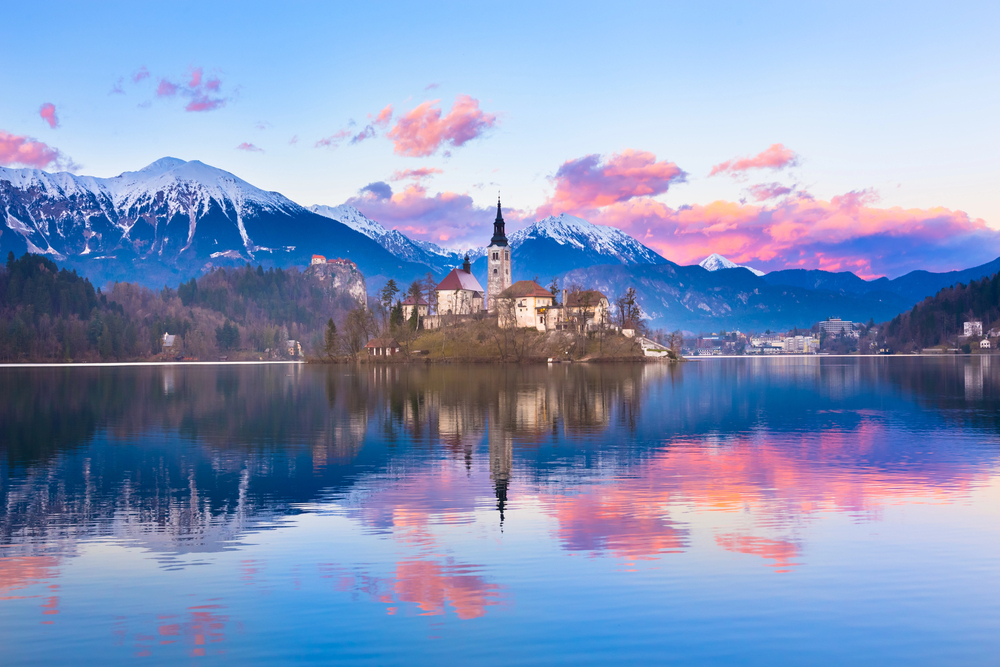
These enchanting forested villages represent a glimpse of Slovenia’s rich cultural and natural heritage. Each settlement tells its unique story through architecture, traditions, and relationship with the surrounding forest.
Whether you’re seeking adventure, tranquility, or a connection to the past, these villages offer authentic experiences that will stay with you long after you leave. The magic of Slovenia’s forested villages awaits your discovery, promising memories that truly feel like living in a fairy tale.
More from Travel Pug

- 15 Dangerous European Cities to Avoid
- 15 Caribbean Islands Where Tourists Keep Getting Scammed
- The 20 Most Fascinating Abandoned Places: A Journey Through Time and Forgotten Spaces
- 15 Hidden Places in the Smithsonian Museums Locals Love: A Guide to Lesser-Known Treasures
- 16 Hidden Florida Beach Towns That Aren’t Overrun with Tourists
Like Travel Pug’s content? Follow us on MSN.
